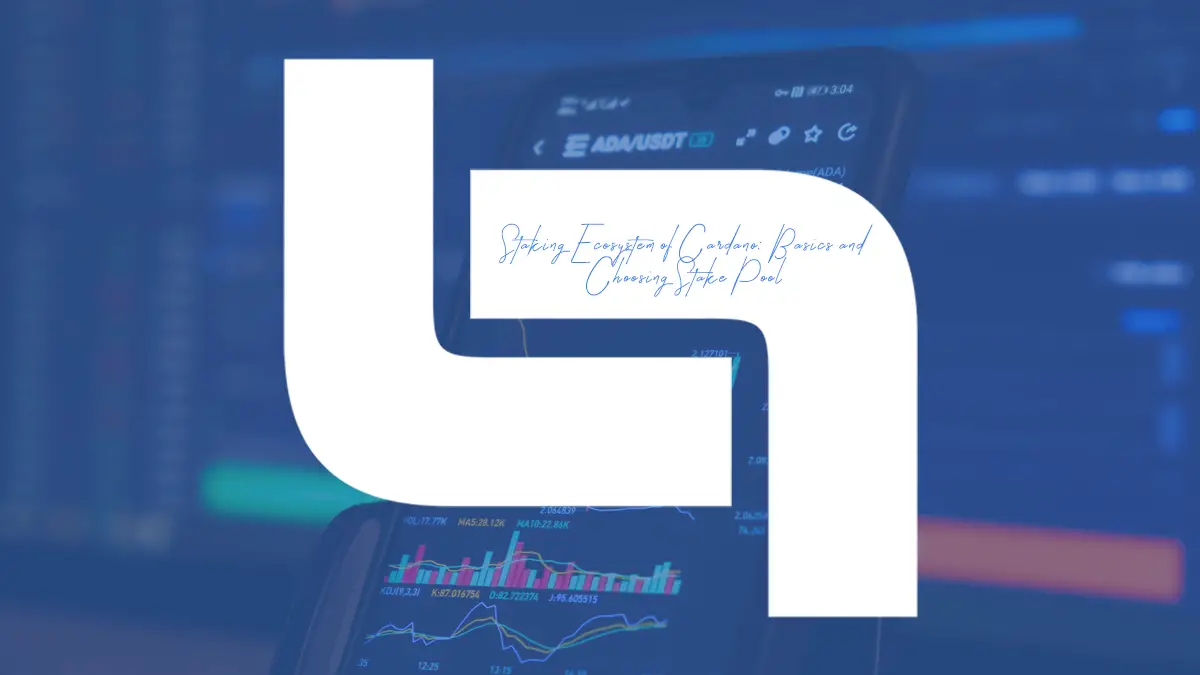The Cardano ecosystem provides a unique opportunity for users to participate in network validation through staking. However, choosing the right stake pool can be a daunting task for newcomers. In this guide, we will understand the staking process and key points to consider while choosing a stake pool. Cardano can be the next big giant project in the crypto market in the future. Start trading or investing in Cardano now using official platform of British Bitcoin Profit with an automated approach.
Understanding the Cardano Staking Process

Staking is a crucial aspect of the Cardano ecosystem. It is a way for users to participate in the network and help secure it while earning rewards. In Cardano, staking involves delegating ADA (the network’s native cryptocurrency) to a stake pool, which is a group of validators that work together to create new blocks on the blockchain.
When users delegate their ADA to a stake pool, they are essentially lending their coins to the pool’s validators. The validators then use these coins as collateral to participate in the block creation process. In return, users earn a share of the rewards generated by the pool, proportional to the amount of ADA they delegated.
The Cardano staking process is designed to be fair and decentralized. Rather than relying on a small number of powerful validators to create new blocks, Cardano’s staking mechanism allows any user to become a validator by delegating their ADA to a stake pool. This helps to ensure that the network is not controlled by a small group of powerful actors, and that the rewards generated by the network are distributed fairly among users.
To participate in the Cardano staking process, users need to have a wallet that supports staking. This wallet must be connected to the Cardano network, and users must have ADA available to delegate. Once users have delegated their ADA to a stake pool, they can monitor their rewards and track their performance using a variety of tools and resources available in the Cardano ecosystem.
Overall, the Cardano staking process is a simple and accessible way for users to participate in the network and help secure it while earning rewards. By delegating to a stake pool, users can contribute to the network’s growth and development, and help shape the future of this innovative blockchain platform.
What to Consider When Choosing a Stake Pool
When choosing a stake pool in the Cardano ecosystem, there are several factors that users should consider to ensure they select the right pool for their needs. Here are some of the key things to keep in mind.
Pool performance is one of the most important factors to consider when choosing a stake pool. Users should look for pools that have a high level of uptime, as well as a low average block creation time. Pools with a high level of performance are more likely to generate rewards consistently, which can help users maximize their earnings.
Pool fees are another important consideration. Most stake pools charge a fee for their services, which is typically a percentage of the rewards generated by the pool. Users should look for pools with reasonable fees that are in line with the industry standard. It is also important to note that some pools offer lower fees to attract users, but may have lower performance as a result.
Pool size is a factor that can impact both performance and rewards. Larger pools may have more resources and be better able to create blocks consistently, but they may also have more competition for rewards. Smaller pools may have fewer resources but may be able to generate higher rewards due to less competition.
Reliability is another crucial factor to consider when choosing a stake pool. Users should look for pools that have a proven track record of reliability and are well-established in the Cardano ecosystem. This can help ensure that users’ delegations are secure and that they receive their rewards in a timely manner.
Finally, users should consider the potential rewards that a pool can generate. Different pools offer different rewards, and users should look for pools that offer competitive rewards while also maintaining a high level of performance and reliability.

Conclusion
Users that want to take part in network validation and receive incentives can do so by staking in the Cardano ecosystem, which can be quite profitable. However, in order to maximize profits and guarantee the protection of users’ ADA, picking the appropriate stake pool is essential. Users can choose a stake pool that suits their needs and enables them to participate in the expansion and development of the network.

